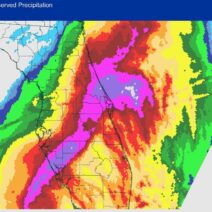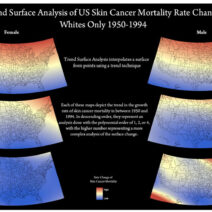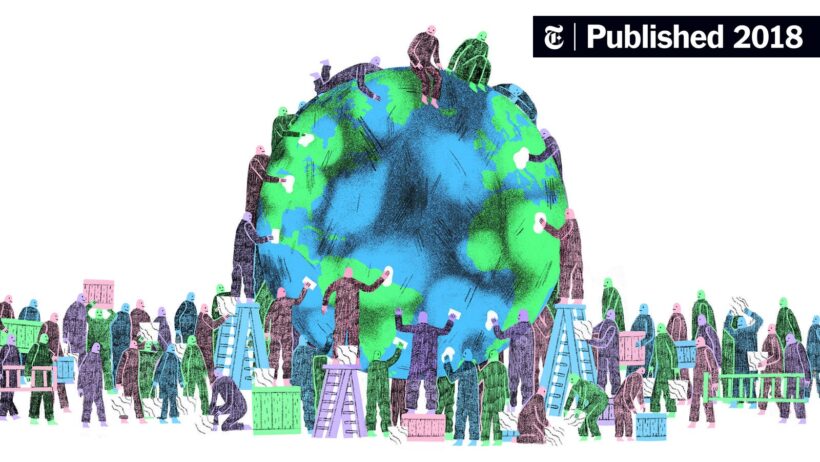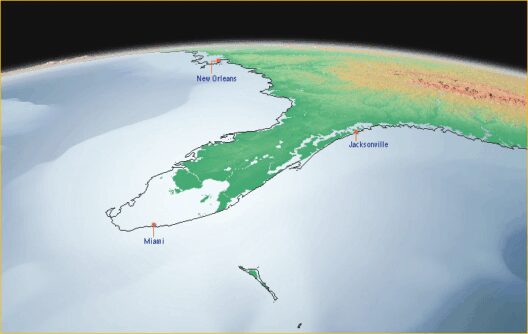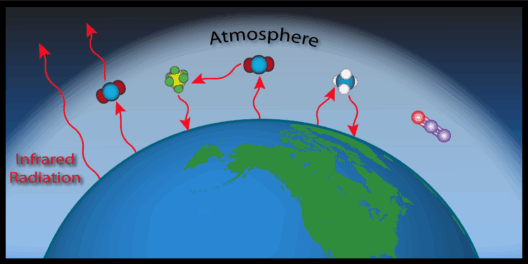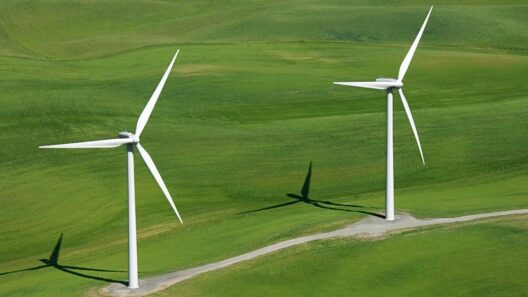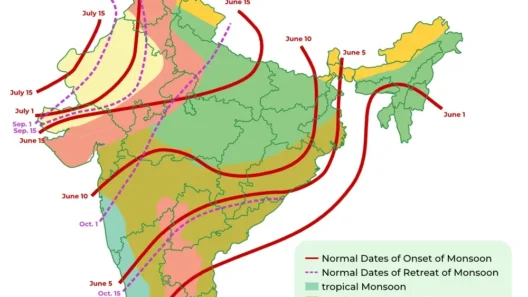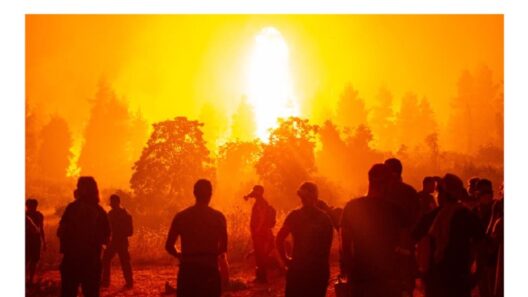Climate change and global warming are often regarded as mere scientific phenomena, but their implications permeate every facet of our daily lives. As temperatures rise, sea levels swell, and weather patterns shift dramatically, it is imperative to confront the profound consequences these changes entail. Understanding the issues at hand can cultivate a proactive mindset, igniting a sense of urgency to foster collective action. Let’s delve into the reasons why climate change and global warming are pivotal problems of our time.
One cannot underestimate the colossal threat posed by climate change. The repercussions are both immediate and far-reaching, altering not only the environment but also human health, economic stability, and social equity.
Environmental Consequences: The Earth’s Cry for Help
The staggering pace at which climate change disrupts natural systems is alarming. Ecosystems, long thought to be resilient, are now teetering on the brink of collapse. Species are disappearing at an unprecedented rate; the World Wildlife Fund reported that global wildlife populations have declined by an average of 68% since 1970. Habitat destruction, primarily due to climate-induced phenomena such as deforestation and ocean acidification, is a primary driver of this extinction crisis.
The melting of polar ice caps sheds light on another dimension of climate change – rising sea levels. Coastal cities, home to millions, face the specter of flooding, threatening livelihoods and eroding cultural heritage. The displacement of communities due to rising waters instigates a humanitarian crisis that cannot be ignored. Will we stand by as our metropolitan landscapes become submerged memories?
Extreme weather events illustrate the volatility instigated by global warming. Hurricanes, wildfires, and heatwaves are becoming more frequent and intense due to increased atmospheric temperatures. The 2020 Atlantic hurricane season was, in fact, the most active on record, with 30 named storms documented. The turbulence renders agriculture and local economies vulnerable, as crops fail and resources dwindle, raising existential questions about food security.
Human Health Hazards: Unseen Threats Lurking
Climate change poses grave risks to public health, a reality often overshadowed by discussions centered on environmental degradation. As temperatures soar, the prevalence of heat-related illnesses escalates, particularly among vulnerable populations such as the elderly and children. Additionally, the spread of vector-borne diseases, like malaria and dengue fever, is exacerbated by changing climatic conditions, expanding the geographical range of these life-threatening illnesses.
Air quality deteriorates as higher temperatures exacerbate pollution levels. Increased smog, allergens, and particulate matter heighten the risk of respiratory and cardiovascular diseases. The World Health Organization (WHO) estimates that climate change contributes to approximately 250,000 additional deaths per year between 2030 and 2050, underscoring the urgency of mitigating these risks.
The Social Fabric: Equity in Crisis
At the intersection of climate change and social justice lies a complex interplay of inequities. Marginalized communities, often the least responsible for greenhouse gas emissions, bear the brunt of climate-related disasters. Lack of resources renders these communities particularly vulnerable, amplifying pre-existing disparities in wealth, education, and healthcare access.
Moreover, climate-induced migration poses a critical challenge. As entire nations confront the inevitabilities of climate change, millions could be displaced, leading to conflicts over resources and political instability. This phenomenon transforms climate change into a national and global security issue, demanding a comprehensive response that transcends borders.
Economic Ramifications: A Ticking Time Bomb
The economic implications of climate change are daunting. From agriculture to real estate, the ramifications ripple through multiple sectors. Agriculture, heavily reliant on stable climate conditions, faces cascading effects from erratic weather patterns. Crop yields are projected to decline, resulting in potential price spikes and food scarcity. Economies that depend on agriculture may experience significant destabilization, threatening livelihoods on a massive scale.
Chronic climate events compel governments to divert significant public resources to recovery efforts, hampering investments in essential services and infrastructure. The cost of inaction is steep; according to the National Oceanic and Atmospheric Administration (NOAA), the U.S. alone faced over $610 billion in damages from weather-related disasters in the last decade. What will it take for policymakers to heed these financial wake-up calls?
Adopting a New Perspective: A Collective Call to Action
Transforming our understanding of climate change and global warming from abstract concepts to immediate threats is imperative. Collective action and innovative thinking are essential for catalyzing change and alleviating the myriad crises stemming from climate disruption. Initiatives that foster energy efficiency, renewable energy adoption, and sustainable practices are paramount.
Educating communities about their environmental footprint can empower individuals to make informed choices that contribute to a healthier planet. Raising awareness and fostering dialogue surrounding climate justice promotes a more equitable approach to environmentalism. The realization that everyone has a stake in this issue can unify disparate societal threads and stimulate collaborative solutions.
In conclusion, climate change and global warming present a complex, multifaceted challenge that intertwines environmental, health, social, and economic dilemmas. A paradigm shift in our perception is essential; rather than viewing these challenges as insurmountable, they can emerge as opportunities for reinvention and resilience. This is not merely an environmental crisis; it is a call to action that beckons each of us to embrace our role in crafting a sustainable future. The time is now to rethink, reimagine, and rebuild our relationship with our planet.

